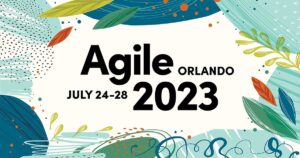Agile software development has become mainstream and it is a rare organization that is not
practicing agile somewhere in the organization. Standard agile development practices are well
established and processes are well documented for how to integrate these practices into the
agile sprint cadence. Agile accessibility, on the other hand, is not well understood. This means
that many organizations perform accessibility in a very old-fashioned waterfall way.
One reason that agile teams, trying to achieve agile accessibility, fall back on a waterfall
approach has, in part, to do with the fact that many accessibility practitioners view accessibility
as purely a usability concernthat should be addressed with “usability testingâ€, or performed
during so called user acceptance testing. This leads to accessibility testing being done very,
very late in the development process, at a time when changes resulting from the testing are too
costly to implement.
This waterfall approach to accessibility is not sustainable.
By shifting accessibility into the ideation and design phase of development, the design intent
can be carried through the entire development process. Adding in practical agile accessibility
development practices, accessibility becomes achievable, practical and sustainable.
In this session, you will learn about the challenges organizations face when implementing
accessibility.
Learning Outcomes:
You will learn the practices that successful designers use to integrate accessibility
in the design process. You will learn about the tools and practices that teams use to ensure that
this design intent carries forward throughout the entire iterative development process. You will
learn how organizations can support the skills necessary to successfully develop accessible
software in an agile process and you will learn how organizations can employ tools to make
teams more effective and more efficient.


